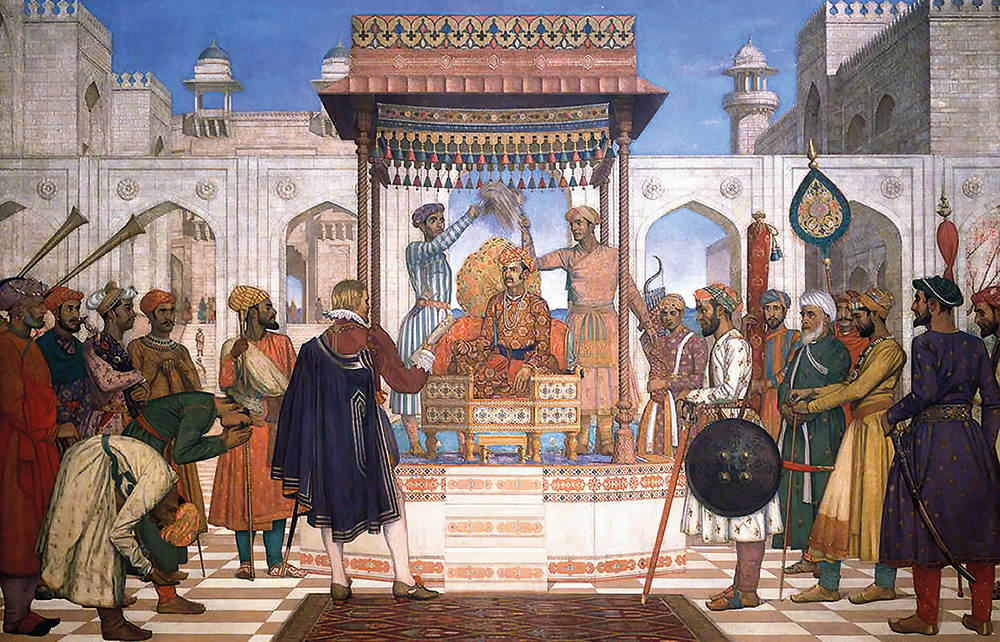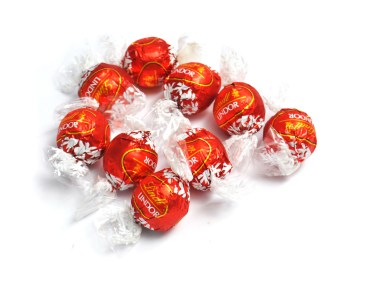In the beginning, there were two nations. One was a vast, mighty and magnificent empire, brilliantly organised and culturally unified, which dominated a massive swathe of the Earth. The other was an undeveloped, semi-feudal realm, riven by religious factionalism and barely able to feed its illiterate, diseased and stinking masses. The first nation was India. The second was England.
So began Alex von Tunzelmann’s 2007 end-of-empire classic, Indian Summer. Now Courting India by Nandini Das traces the first encounter between these vastly different worlds, offering a fascinating glimpse of the origins of the British Empire.
The world into which we are dropped is in many ways eerily familiar. Jacobean England has only just recovered from a devastating plague, and its rift with Europe over the Reformation has led to a disastrous economic fallout. England is anxious about her place in the world and desperate for new trading partners.
At one point Roe wonders whether it might not be more profitable for England just to resort to piracy
At the story’s centre is Sir Thomas Roe, a dry, prickly man from Essex, who ‘wears his sense of English superiority like armour’. Nicknamed ‘Honest Tom’, he is well-travelled, and, having failed to track down El Dorado in the Amazon basin, is appointed the first ambassador to Mughal India, ‘widely considered to be one of the greatest and richest empires of the world’. The book is slow to start, but once Roe’s ship finally arrives, in September 1615, at the Indian port of Surat, a ‘city of great fame and antiquity’, we enter an exciting world.
Later generations would characterise Roe’s visit as part of a golden age of exploration, when enterprising England suddenly threw open the gates of global trade. But his four-year mission was in fact largely a failure.








Comments
Join the debate for just £1 a month
Be part of the conversation with other Spectator readers by getting your first three months for £3.
UNLOCK ACCESS Just £1 a monthAlready a subscriber? Log in